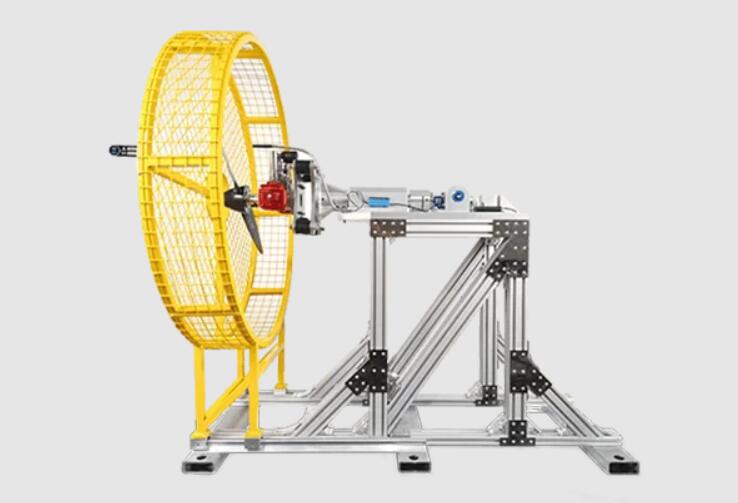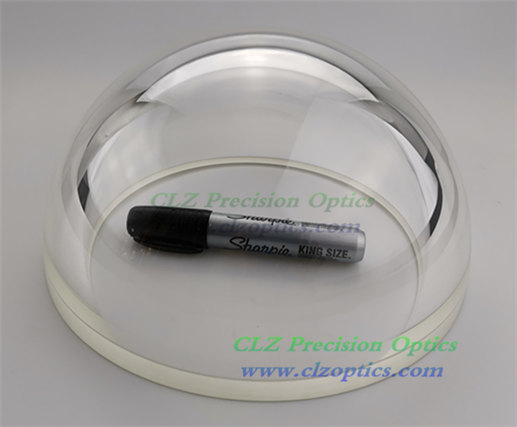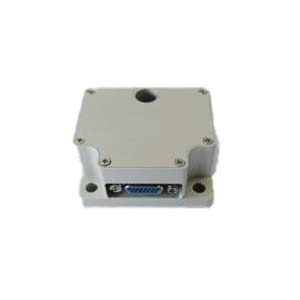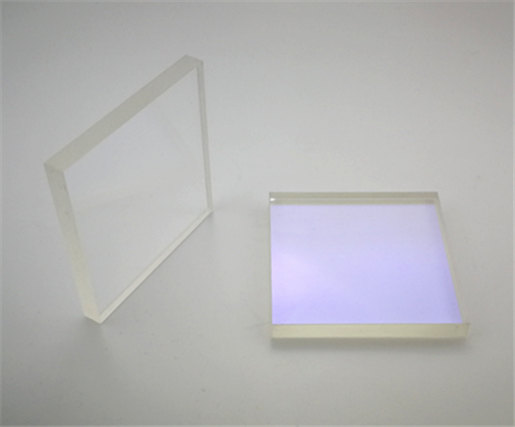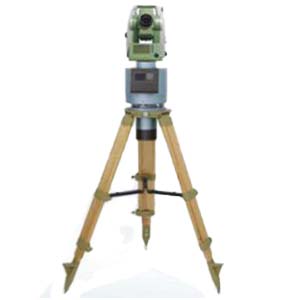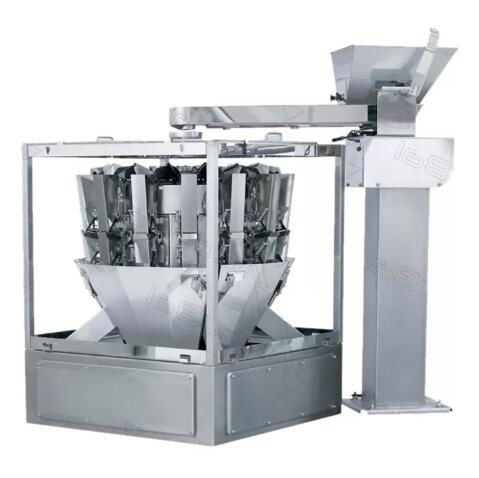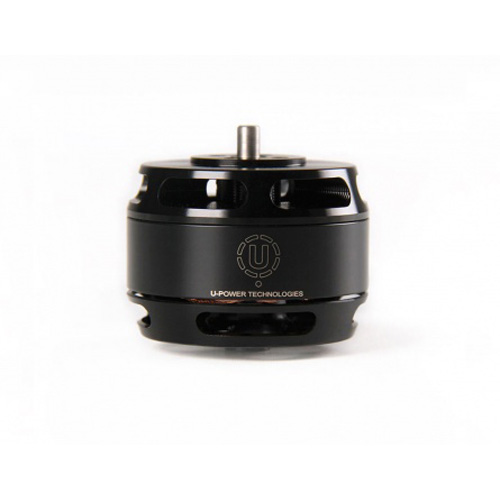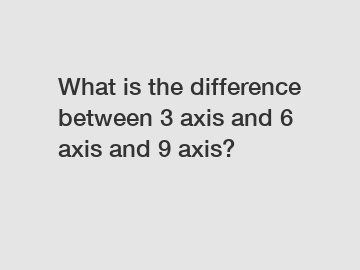Unlocking the Secrets: How Plano-Concave Lenses Work
Understanding Plano-Concave Lenses
Plano-concave lenses are unique optical devices designed with one flat (plano) surface and one inward-curved (concave) surface. These lenses are primarily used to diverge light rays that pass through them, making them a vital component in various applications, from simple optical instruments to complex imaging systems. Their distinct curvature allows for a controlled manipulation of light, leading to a variety of optical effects.The Optical Principles Behind Plano-Concave Lenses
The functionality of plano-concave lenses hinges on the intrinsic properties of lens optics. When parallel rays of light enter the lens, the concave surface causes them to diverge, which means the rays spread apart rather than converge to a point. This ability to diverge light is vital in applications requiring spreading or expanding beams, such as laser systems and certain types of projectors.The divergence occurs because of the lens's refractive index, the measurement of how much light bends as it passes through different mediums. Since the concave side has a negative focal length, light rays that converge on the lens do not unite but instead separate, forming a virtual focal point that appears to be behind the lens.Applications of Plano-Concave Lenses
Plano-concave lenses find a multitude of applications across various industries. One of their most common uses is in laser beam expansion systems. By incorporating a plano-concave lens, the initial narrow laser beam can be expanded to cover larger areas. This expansion is helpful in numerous applications, including material processing, photography, and laser cutting.Moreover, plano-concave lenses are often utilized in optical prioritization systems, where they help manipulate light pathways effectively. They are frequently used in projectors and optical devices requiring controlled light divergence to enhance image quality or clarity. Their role in eyeglasses, particularly for those who are nearsighted (myopic), cannot be overlooked either. These lenses can also help in creating specific optical illusions in art or educational demonstrations by manipulating light perception.Advantages of Using Plano-Concave Lenses
Plano-concave lenses present several notable advantages in optical engineering. Their simplicity in design gives them an edge in manufacturing, making them cost-effective while maintaining robust performance. Their ability to cause light divergence allows for greater flexibility in design parameters in optical systems, enabling engineers and designers to create more complex structures with precise light manipulation.Additionally, plano-concave lenses offer a lightweight solution for specific applications, reducing the overall weight of optical devices, which can be critical in portable technology. The lens material can also vary, allowing for tailored solutions based on the requirements of durability, clarity, and refractive properties.Choosing the Right Plano-Concave Lens
Selecting the appropriate plano-concave lens involves considering several factors, including the lens diameter, focal length, and optical quality. Application context is also critical; for instance, lasers require specific coatings to ensure minimal reflection and maximum transmission.It’s also crucial to align the lens correctly in the optical system, as misalignment can lead to distorted images or ineffective light manipulation. When in doubt, consulting with an optical engineer or a specialist can ensure that the correct lens type and configuration are employed for your specific needs.If you have questions or seek further information on plano-concave lenses and their applications, feel free to contact us.If you want to learn more, please visit our website plano concave lenses, Meniscus Cylindrical Lenses, Custom Micro Lenses.
Explore more:10 Questions You Should to Know about Cylindrical Lens Glasses
Spherical vs Aspherical Lenses: How They're Used in ...
Unlocking Plano-Concave Lenses: Benefits & Applications Explained
4 Tips to Select the Perfect Gelbo Flex Tester Export
Key Questions to Consider When Choosing NDT Equipment
Key Questions to Ask When Choosing the Right X-Ray Equipment for Your Project
How to Choose the Best Paper and Board Thickness Tester Services?Explore more:
Quartz Flexible Accelerometer in Drilling: Enhancing Efficiency and Safety
Benefits of the Motor and Propeller Test Kit
What Are The Features And Specifications of The Multihead Weigher?
Three Phase Power Analyzer: Accurate Measurements for Electrical Systems
Spherical vs. Aspheric Lenses: A Clear Perspective
What is the difference between chromatic and achromatic lens?
Types of Optical Domes: A Comprehensive Guide



